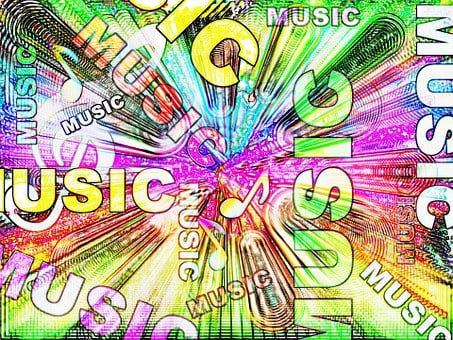
What is the Model Music Curriculum?
Let’s start at the very beginning, a very good place to start #julieandrewstribute.
So, what’s the deal with the Model Music Curriculum (henceforth known as the MMC)?

Well, in their own words, it’s “the Government’s ambitious plan for all children to have access to an excellent music education… supporting all pupils in their musical progression from Year 1.” The idea is that teachers will infuse pupils practically in the knowledge, skills and understanding required to provide a high-quality music education.
The late schools’ minister, Nick Gibbs’ brainchild, the 36-page MMC, was first published on 26th March 2021 as a non-statutory document. On the back of this, Ofsted confirmed that “there will be no pre-requisite from inspectors that schools should adopt the Model Music Curriculum’. However, ‘there remains every expectation that schools have in place a music curriculum that is ambitious, well-sequenced, implemented well, and which leads to good musical outcomes for all pupils.” Interestingly, as part of their research review series, Ofsted published a music analysis paper in July 2021, which makes no reference to the MMC. This would, indeed, reinforce their previously iterated stance.
How does the Model Music Curriculum fit with the National Curriculum?
Schools (apart from Academies, Free Schools and Independent Schools) are required by law to teach the National Curriculum for Music. The thinking behind the MMC is to provide teaching and learning guidance to help fulfil this requirement; in other words, put some meat on the bones.
This collection of ideas has been put together by music experts (the self-named ‘Expert Panel’), rather than classroom practitioners, which immediately begs the question why? When there has been substantial curriculum development work already undertaken by experienced, skilled teachers in music hubs across the country, why look elsewhere for inspiration? Alarm bells are already ringing at this point.
Should we embrace or ignore the MMC? Well, let’s start by weighing up the positives of the primary part of this curriculum document against the negatives…
Positives
- A broad range of musical genres and periods are recommended for listening, accompanied by suggested playlists. This means children from a young age will be exposed to a wider repertoire of music. They will have the opportunity to learn about music from across the ages, from different culture, societies and genres. In turn, this helps develop musical understanding and broaden tastes.
Negatives
- There appears to be a lack of purpose – where is the rationale for this curriculum? It talks about the “power of music” and “teachers needing to set ambitious targets” but it all feels rather woolly. Incidentally, hands up if you would know what an ambitious target in music actually looks like?
- This leads into the point that this model is incredibly challenging for any non-specialist to teach confidently. After all, there is no real curriculum development without teacher development, and we know that music CPD hasn’t been high on the agenda recently. The focus on reading and writing notation will bring many out in a cold sweat. In the 2019 MMC consultation, designed to support the ‘Expert Panel’, the UK Association of Music Education advised that “at Key Stages 1 and 2 many, if not most, teachers are not music specialists and therefore the guidance that they require needs to reflect this.” Doesn’t look like anyone took any notice of that, does it?
- There is also very little detail on how to teach the content. It’s more like a list of ‘whats’ but not ‘whys’ or ‘hows’, theoretical and dry. “Where are the resources?” has been the cry.
- It is incredibly linear in design. It has been an agreed premise, predicated on cognitive theory, for many years that music involves spiral learning i.e. new learning has a relationship with old learning and is put in context with the prior information.
- There seems to be a music technological void in this model which is inexcusable. I know the new EYFS curriculum made no mention of technology, but the assumption there was that, as we live in a digital world, technology is integrated into the lives of young children. Music-specific technology is not, however, and should be taught explicitly, including recording and sequencing music.
- I think by now you can see which way this is going, but let’s not skim over another important point – the lack of developmental consistency. Why is there no specific learning about dynamics or tempo in Key Stage 1, and yet reference is made in passing to tempo in the KS1 part of the document, as if it is not as important as teaching beat and rhythm.
Let’s Sum it Up
So, to summarise, we believe the single most effective way to improve teaching and learning in music is to provide high quality music professional development for teachers. That’s why we offer accessible, enjoyable music CPD to primary settings.
If you already have a spiral music curriculum that develops key skills and shows progression across each primary phase, think carefully before you throw the baby out with the bath water and spend hours of your precious time re-inventing the wheel.









